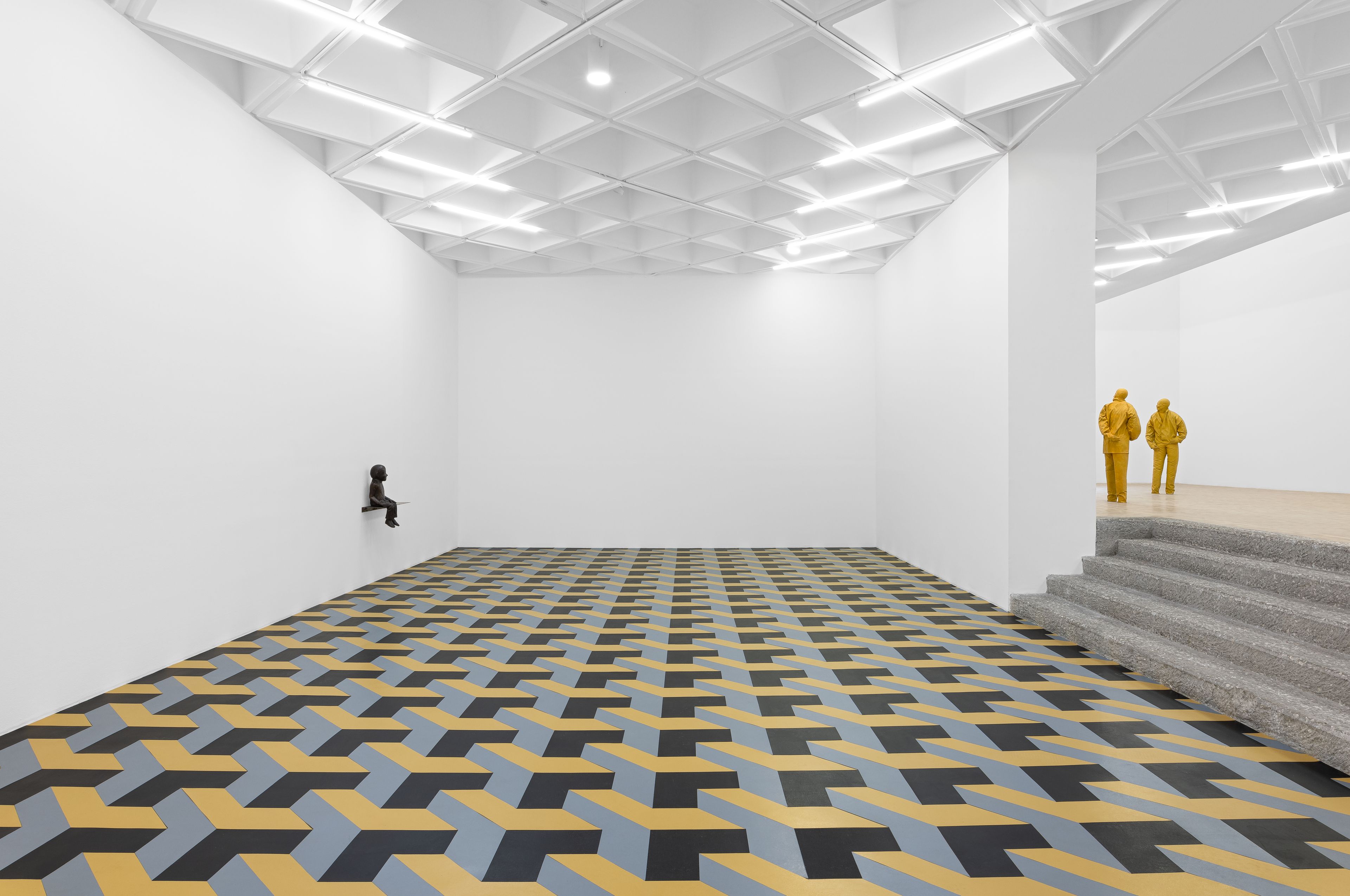Museo Tamayo, Mexico City
June 20–October 13, 2024
Museo Tamayo will present the first solo exhibition of Juan Muñoz (1953-2001) in Latin America. The exhibition will feature some of his earliest works, such as the installation The Wasteland (1986), along with some of his latest sculptures, Four Piggybacks with Knives (2001), Walking With a Glove (2001), and Chinese Figure With Overall (2001). Like much of Muñoz's work, Juan Muñoz. The Stories We Do Not Tell is inspired by the rhetorical figure of prosopopoeia, a figure of speech that gives voice to those inanimate beings that are deprived of it. The exhibition not only delves into exploring an artistic practice that resorted to the mise en image and to the act of looking as discursive strategies, but also refers to exhibitionary practice—curating was not alien to Muñoz's work—as a framing device that gives agency to the mute bodies that make Muñoz's sculptures and drawings.
Juan Muñoz was an artist and storyteller preoccupied by the conception of images and the artifice of representation. At a time when art was still divided between the legacy of modernity that advocated the autonomy of abstraction, and an emerging postmodernism already nostalgic of its own history—the 1980s and early 1990s—, Muñoz developed an original oeuvre in which optical illusionism called into question the spectator’s perception. He created individual sculptures and group installations where the placement of figures in space proved as important as the silent emptiness surrounding them, and in which the staging of a plotless storyline used fiction against the grain to reveal subjectivity as a cultural construct.
Learn more at Museo Tamayo.



